
Glow Smart: The Truth About Sun Exposure
We all love that golden glow! The warmth of the summer sun on our skin feels like a full-body hug - energizing, mood-boosting, and utterly irresistible. But let’s be honest: how much sun is too much? And when does a bronzed glow quietly turn into DNA damage? This is your friendly reminder from Boutique Skin Envie to love the sun… respectfully.
Sunshine: friend or frenemy? Sunlight isn’t the enemy. Your body needs it to produce vitamin D, support your circadian rhythm, and even boost your mood (hello, serotonin!). But the line between healthy and harmful is razor-thin, and many of us cross it daily without even realizing it. The key player here? Ultraviolet (UV) radiation. The sun emits three types of UV rays:
- UVA: Think A for aging. These rays penetrate deeply into the skin, breaking down collagen and elastin, which leads to wrinkles and loss of firmness.
- UVB: Think B for burn (and brown = tan). These rays are the surface-level rays that cause sunburns and cellular damage, which can lead to skin cancer.
- UVC: These are blocked by the ozone layer (for now, at least), so let’s not panic about those just yet.
The 15-minute myth: You’ve probably heard that 15 minutes of sun exposure a day is safe. That’s... not entirely true. According to the Mayo Clinic and numerous dermatological studies, UV damage can begin within just 10 minutes of unprotected exposure. Individuals with fair skin types (Fitzpatrick I–III) may start to notice changes even more quickly. And get this: up to 80% of UV rays still reach your skin on cloudy days. So yes, you can still get sun damage while sipping an iced latte under overcast skies.
Let’s talk numbers. Here’s where it gets real:
- One in five North Canadians will develop skin cancer by age 70. The most common type? Basal cell carcinoma, usually triggered by cumulative sun exposure.
- Just one blistering sunburn in childhood or adolescence doubles your risk of developing melanoma later in life.
- Tanning beds? A total disaster. Using one before age 35 increases your melanoma risk by up to 75%. (Shocking, right?
The Canadian Dermatology Association notes that UV exposure is responsible for approximately 90% of visible skin aging, including fine lines, sagging, hyperpigmentation, and uneven texture.
So while the sun might feel like nature’s glow-up, the receipts say otherwise.
So, how much sun is too much? No magic number works for everyone. Your skin tone, location, time of year, and daily habits all play a role. But here’s a rough guide:
- If your shadow is shorter than you, the UV index is high; seek shade or cover up to protect yourself.
- Between 10:00 a.m. and 4:00 p.m., UVB rays are at their strongest. This is your “danger zone.”
- Use the UV Index app or check local weather; anything above 3 means you should protect your skin.
If you're not wearing SPF and you’re outside for more than 10–15 minutes, you’re probably already causing damage. And no, a base tan doesn't protect you; it’s just evidence that your skin is in trauma response mode.
Sun protection isn’t just for the beach, and sunscreen isn’t a seasonal accessory. It’s a daily necessity! Even in winter. Even when it’s cloudy. Even when you stay inside all day. Even through glass. Even if your makeup claims to include SPF.
Here's how to do it right:
- Choose a broad-spectrum SPF 30 or higher.
- Apply a toonie-sized amount to the face and about 30ml (roughly the size of a shot glass) to the body.
- Reapply every 2 hours or immediately after sweating or swimming.
- Don’t forget ears, lips, hairline, and hands. They are common spots for skin cancer.
- Bonus points: if you wear a wide-brimmed hat and UPF-rated clothing. Think of it as skincare armour.
Vitamin D without the risk: Worried about missing your vitamin D? Don’t be. The Canadian Cancer Society recommends supplements, not sunbathing. You can get what you need safely through a balanced diet and high-quality D3 capsules (no burns required).
Love your skin by protecting it. The sun will always be part of our lives, and that’s okay. It’s not about living in fear, it’s about living smartly (and aware). Skin health is a lifelong relationship, and every day you wear SPF is a day you’re saying “I love you” to your present and future self. So, glow up responsibly. Your skin will thank you in 10, 20, even 50 years.
Until next time,
Beate
Sources:
- Mayo Clinic Press. “How Much Sun Is Too Much Sun?”
- Canadian Dermatology Association. “Sun Protection.”
- Skin Cancer Foundation. “Facts and Stats.”
- World Health Organization. “Ultraviolet Radiation.”

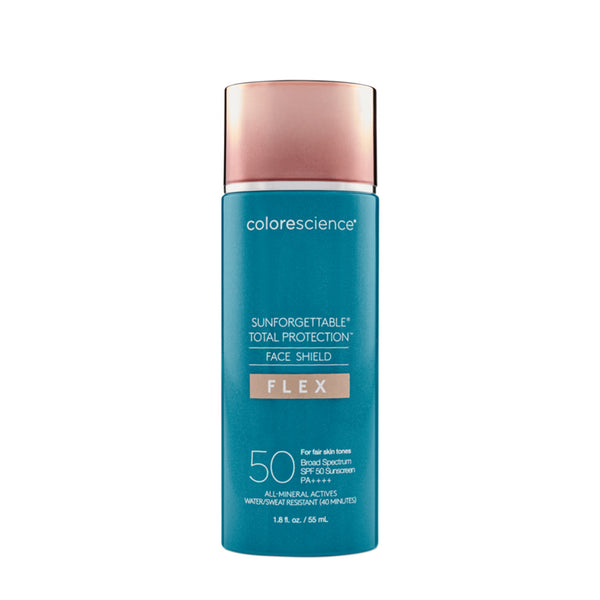
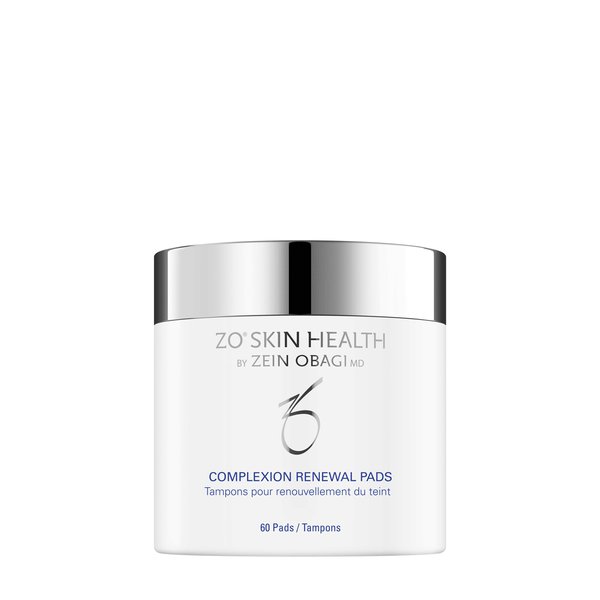
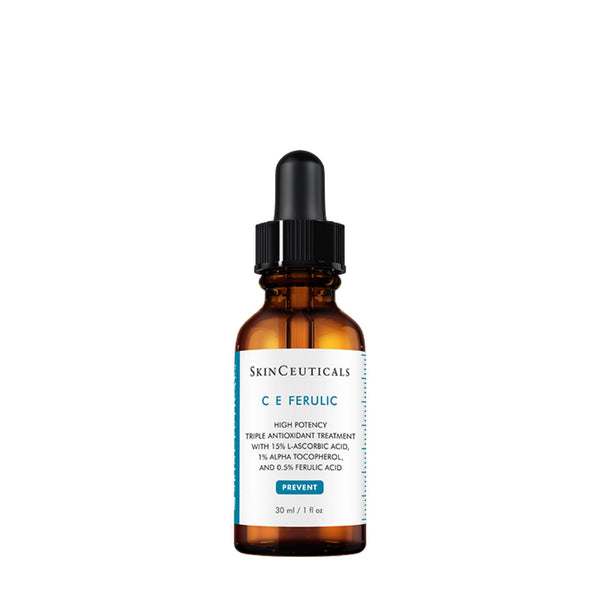
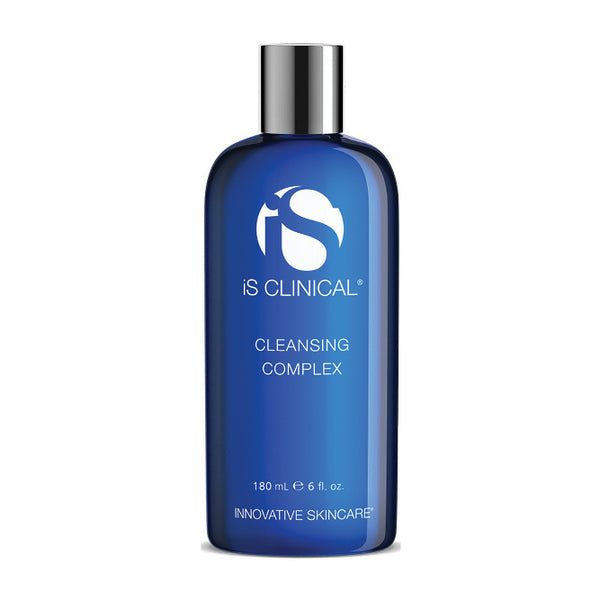
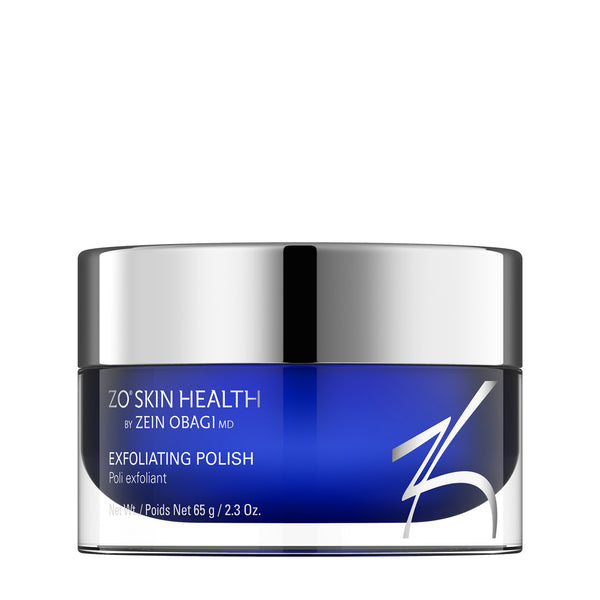

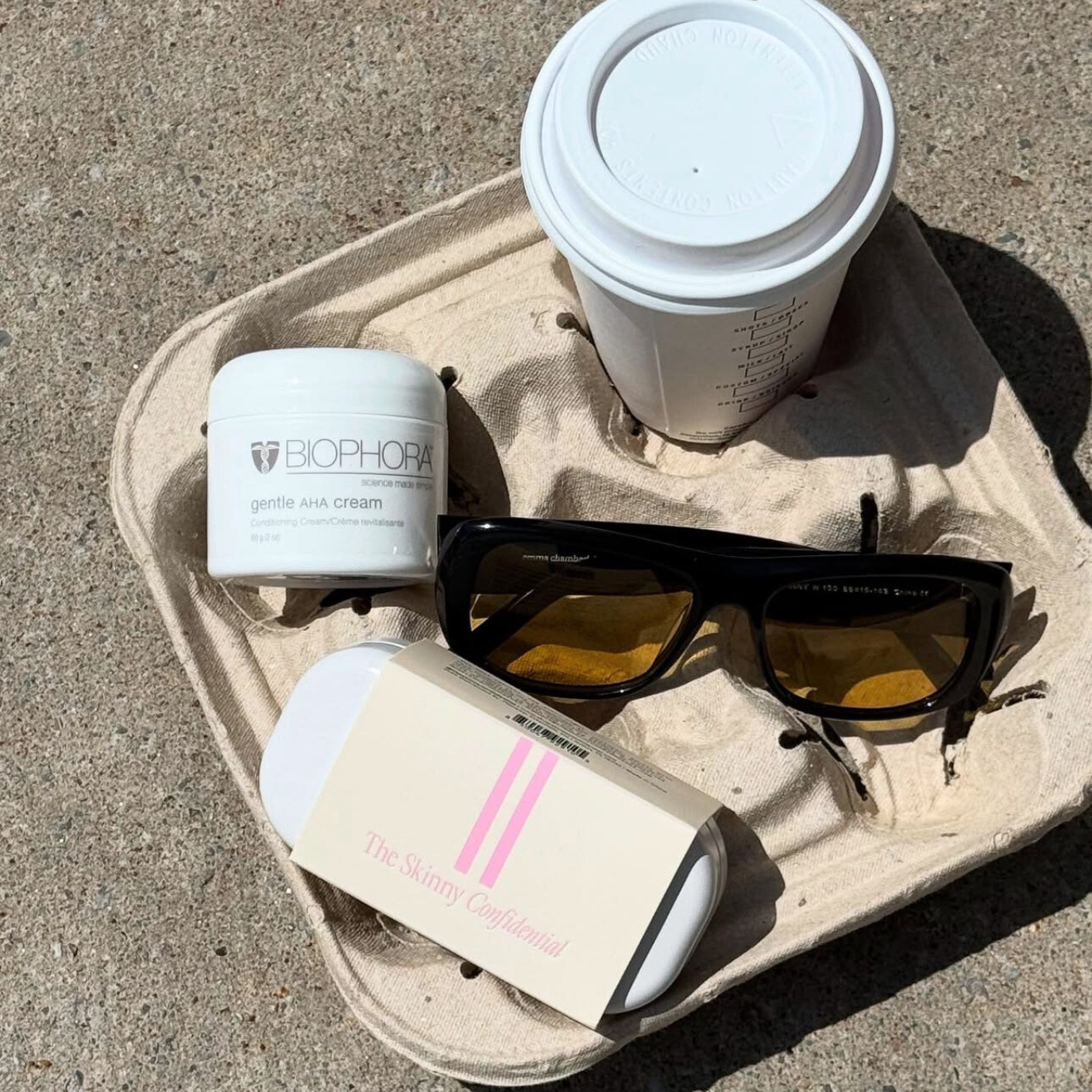



Leave a comment